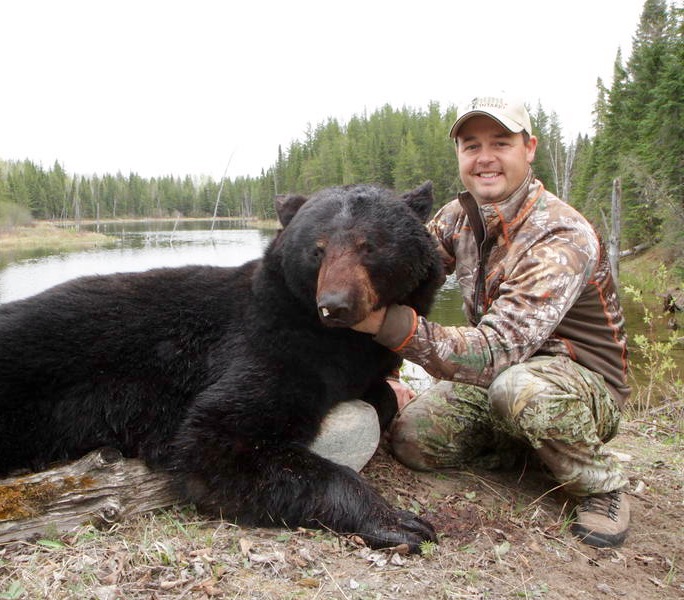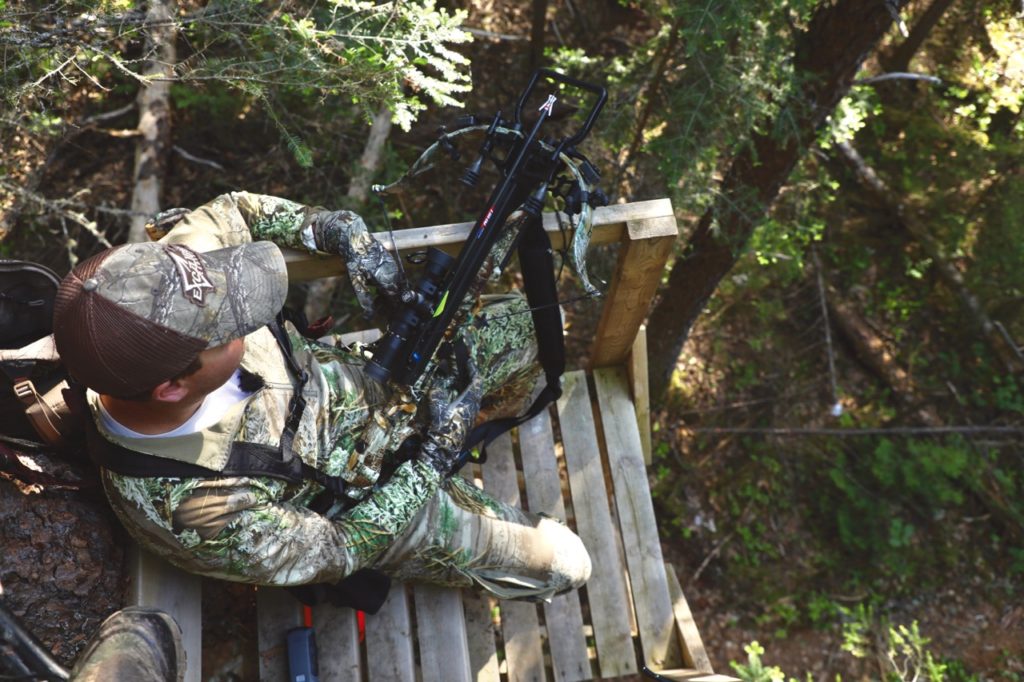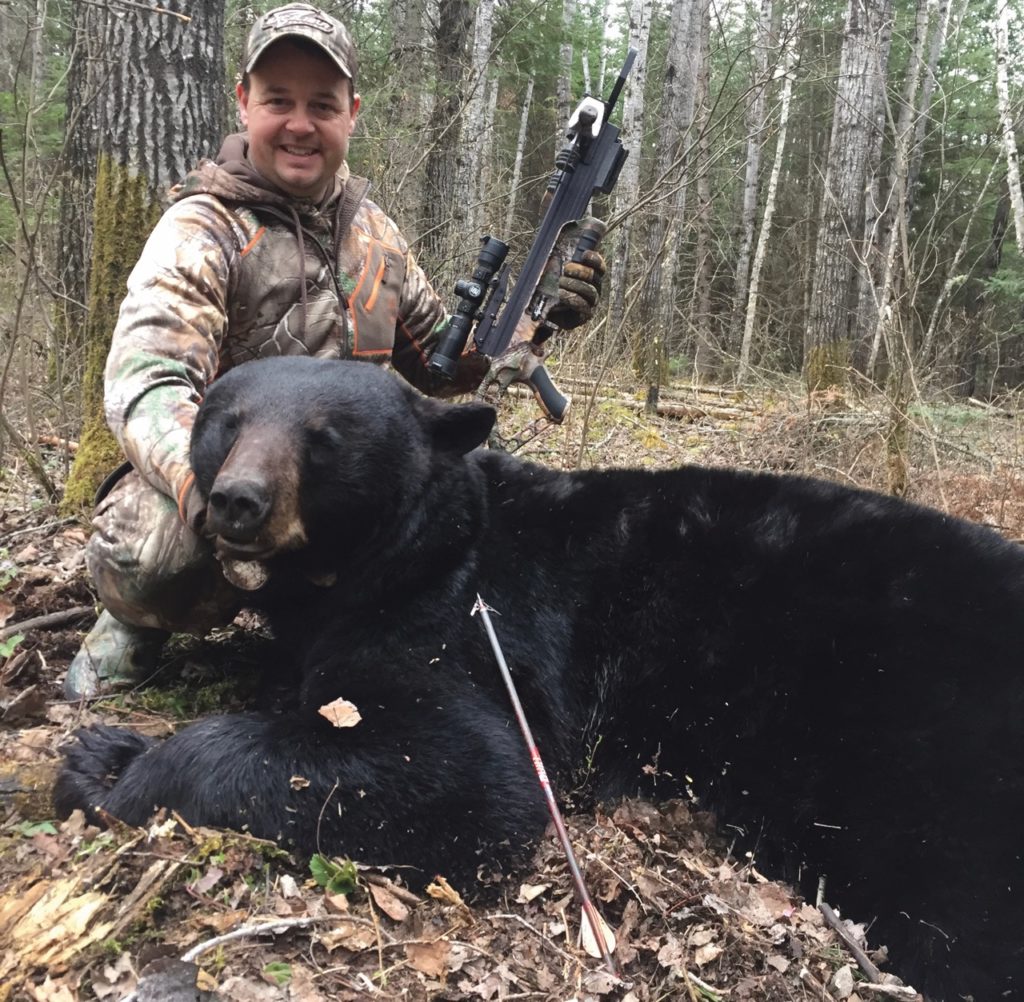BEAR ESSENTIALS
Pro tactics from TV’s Keith Beasley for successfully hunting black bears wherever they’re found across the land
Advertisement
#7 BE SURE OF YOUR SHOT
Bears are extremely tough animals, so it’s important to become extremely proficient with your bow or rifle. Practise shooting from treestand height or ground level, depending on your planned set-up. The shot placement is similar to that of other big game—aim for the vitals behind the shoulder with the bear broadside or quartering away. Also be sure you have sufficient firepower to penetrate the fat and long, thick fur.
Advertisement
If you’re hunting from a treestand, don’t place it too high. You don’t want the angle of your shot so steep that your bullet or arrow exits too low. When that happens, bears are notorious for their fat clogging the exit hole and staunching the bleeding, making it extremely difficult to track them. A good height for your stand, therefore, is 14 to 18 feet, with it set back 20 to 25 yards from the bait if you’re bowhunting and even farther if you have a rifle.
#8 LEARN TO FIELD JUDGE
Since black bears have no antlers or horns to provide some perspective about their size, even experienced hunters find it challenging to field judge them. It also doesn’t help that, proportionately, a 100-pound bear can have very similar characteristics to those of a 200-pound bear. To get familiar with bear sizes, study photographs and videos of live bears. In the field, measure and remember the sizes of objects near your bait, such as stumps, logs and rocks, to help gauge the size of bears walking past. That said, you probably won’t need any help when a truly big bear ambles into your set-up and your jaw drops.
Advertisement
As for determining the bear’s sex, which is crucial in the spring when sows are with cubs, there are a few tricks. To identify boars, look for longer snouts with a Roman-like raised bridge. You can also often spot the genitals on a boar standing broadside, or sometimes from the rear. With sows, watch for shorter, rounder faces.



